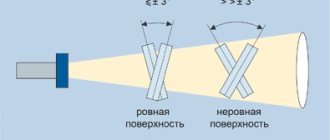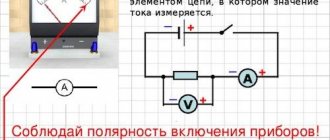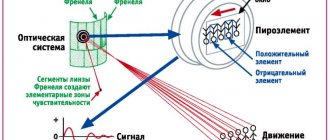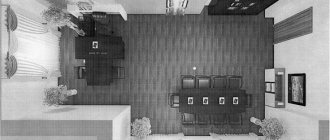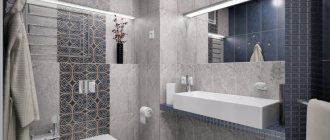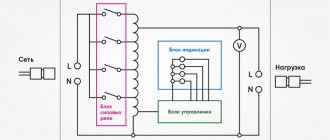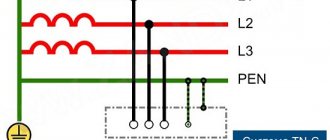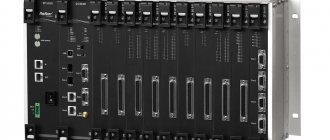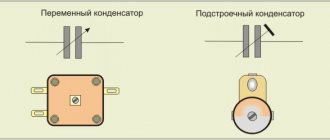High-frequency sensors: application and configuration features
Among the variety of motion and presence sensors, it is worth noting high-frequency (HF) sensors.
Their work is based on the Doppler effect, where movement is detected by a change in the frequency of the reflected signal. Such sensors are also called microwave sensors. Thanks to high frequency technology, HF sensors have advantages over infrared PIR sensors:
- high-frequency waves pass through various materials (glass, plastic, drywall);
- The high-frequency sensor does not care what the temperature of the moving body is.
High frequency sensors are used to automatically control lighting, security alarm systems and CCTV cameras.
The microwave motion sensor is practically independent of temperature, wind, sound, light, fog and other external factors. Thanks to this, it can be mounted hidden, for example, in a suspended ceiling, wall cladding or lighting fixture.
Let's consider the last option, namely installing a motion sensor in the body of the light device. The HF-MD1 high-frequency motion sensor is quite suitable for this solution.
This model operates at a frequency of 5.8 GHz, which allows you to capture the slightest movements. It has a detection range of 360 degrees and an adjustable range of 0.4-16 meters.
It has a built-in light sensor, so the sensor does not react to movements during daylight hours, and turns on the lamps only in low light conditions. Compact dimensions allow the device to be placed in almost any lamp.
Models with 10 Amp converter
Sensors with 10 A transducers are very popular. However, it is important to note that they do not differ in compact dimensions. Capacitors are often installed in a pulse type. The wavelength of the sensors depends on the adapter. Modifications with expanders are rare. The models are suitable for open areas. They use a third-class burglary protection system.
On average, the conductivity of the sensors does not exceed 5.5 microns. The coverage angle of the area depends on the size of the sensor. It is also important to consider the height of its installation. On average, the permissible operating temperature of the models is -30 degrees. The interruption time can be configured. For this purpose, the controller uses a modulator. The model costs about 10 thousand rubles on the market.
INFRARED (IR) MOTION SENSORS
OPERATING PRINCIPLE OF AN INFRARED MOTION SENSOR
The operating principle of infrared motion sensors is to detect changes in infrared (thermal) radiation from surrounding objects.
Each object that has a temperature emits infrared radiation, which, through a system of lenses or special concave segmented mirrors, hits a sensitive sensor located inside the motion sensor that registers it.
HOW DOES AN INFRARED MOTION SENSOR WORK?
When an object moves, its IR radiation is alternately focused by various lenses of the system on the sensor (the number of lenses usually varies from twenty to sixty pieces), this is a signal to perform the function inherent in the sensor. The more lenses in the motion sensor system, the higher its sensitivity. Also, the larger the surface area of the lens system, the wider the coverage area of the motion sensor.
MAIN DISADVANTAGES OF INFRARED MOTION SENSORS:
— Possibility of false positives. Due to the fact that the sensor reacts to any IR (thermal) radiation, false alarms may occur even to warm air coming from an air conditioner, heating radiators, etc.
— Reduced accuracy when working outdoors. Due to environmental factors such as direct sunlight, precipitation, etc.
— Relatively small operating temperature range
— Does not detect objects clothed/coated with materials that do not transmit IR radiation
ADVANTAGES OF INFRARED MOTION SENSORS:
— Possibility of fairly accurate adjustment of the range and angle of detection of moving objects
— Convenient to use outdoors because reacts only to objects that have their own temperature.
— When working, they are absolutely safe for human health or pets, because works as a “receiver” without emitting anything
Impression.
I liked the device. Execution, documentation. And it’s not his fault that it didn’t fit in my use case. And it was pretty much clear in advance. But it is suitable where IR sensors cannot cope. In the village, I speculatively imagined a lamp over the porch. As soon as you approach the door, even from the inside, the light greets you
